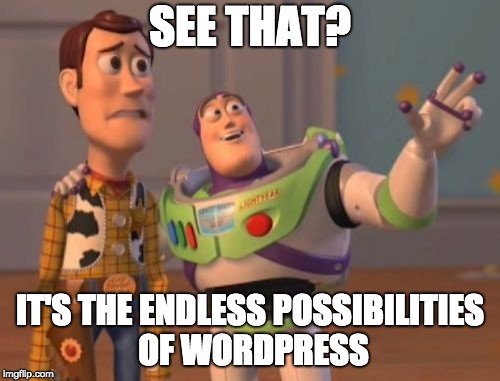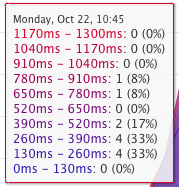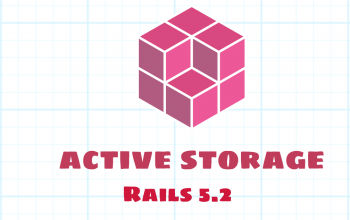WordPress vs Everything Else – Why you should not build your own blog
Being a web developer, the idea that I would use a blogging platform always made me cringe a little bit. I mean, why not. I had the skills to create my own blog that I could customize exactly how I wanted. And thats where I started originally.
I wanted to learn a new language, Ruby on Rails, and what better way to start than follow one of many “How to build a blog with Ruby on Rails” posts that were littered across the internet at the time. So I did that for a while, and back then (circa 2006-ish) there wasn’t much in the way of deployment and server-ease like Heroku, so I had to manually do all that myself, with FastCGI and eventually Mongrel.
I quickly realized that all the customization that I wanted to build, I no longer wanted to build. I just wanted a place to share some ideas and not worry about the management of another web application. I was already doing that in my day job. At this point, I decided to use WordPress, but this wasn’t my final decision, I would come to find out.
I had started using WordPress for a while, but again, the developer bug crept back in. I wanted to find something else that wasn’t so “WordPress-y”. I tried some other things like Joomla, Typepad, Jekyll and other static blogging codebases. I eventually settled on using Bolt, which is another PHP based blogging platform. I have no idea why….
I used that for a while and finally got tried of the lack of community around it and some customizations that I missed, that were available with WordPress out of the box. After battling with that for a while, I decided to move back to WordPress and import all my data back into it. I think this is where I’ll live now and its just so flexible and easy to just start writing.

I am in no way saying, don’t write a blog if you want to learn a new language. It’s a super simple idea that I think anyone can grasp, and you don’t want to be overwhelmed while learning a new language. I would just recommend to not bother using it for your official, public blog that you want to write on all the time.
So at the end of the day, I am not a super fan of having a PHP based blog, when I mostly code and write about Ruby on Rails code, but the fact that I pretty much never have to dig into the internals of WordPress, makes it worth it in the end.







